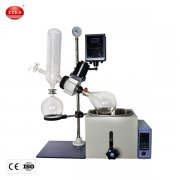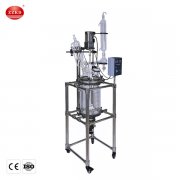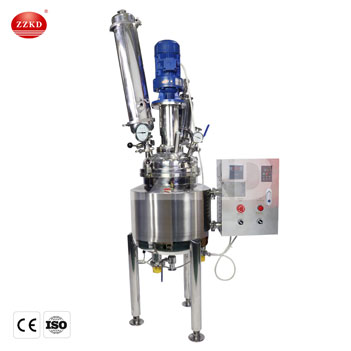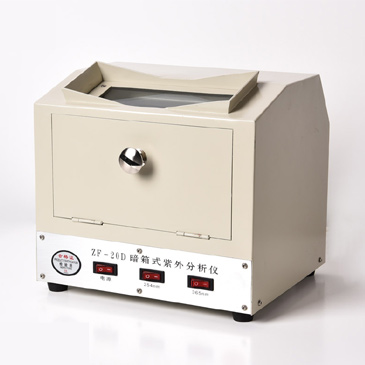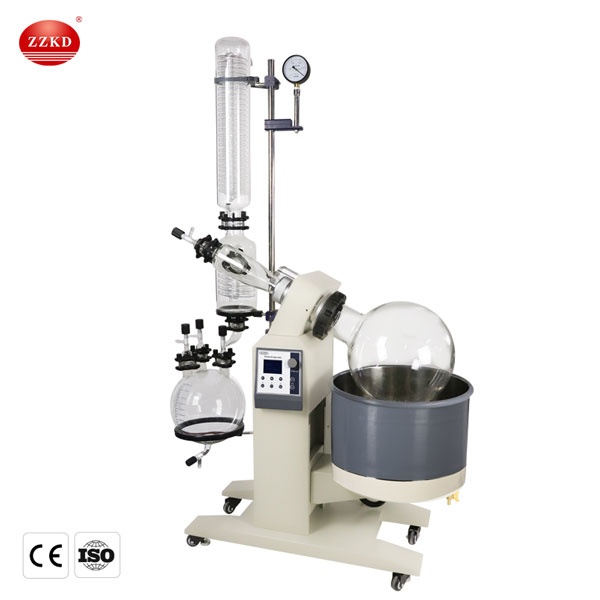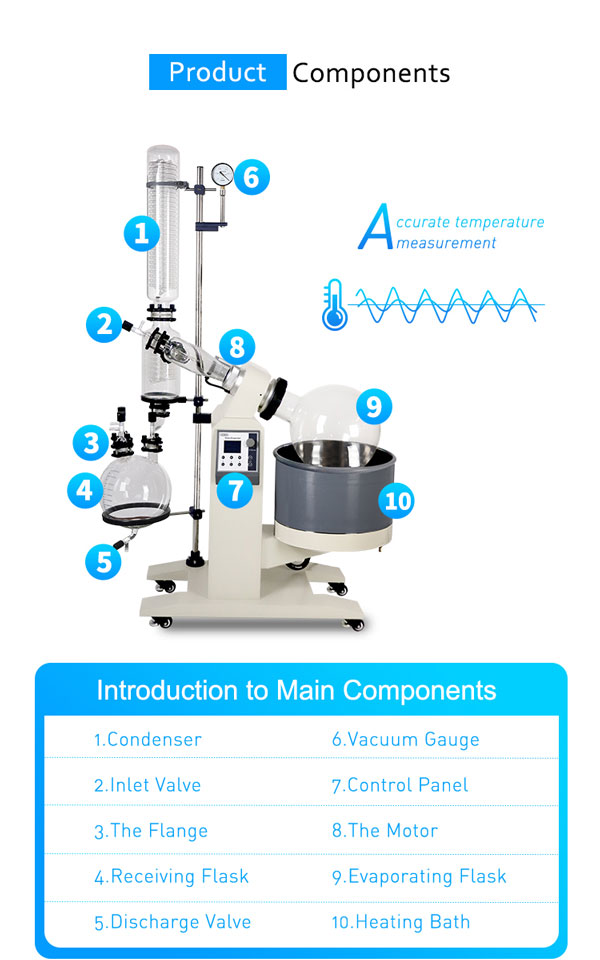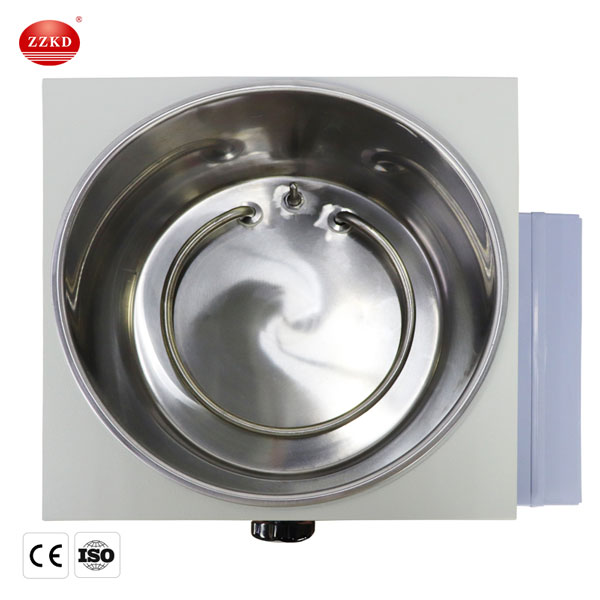20 liter rotary evaporator, also known as a rotovap, is a laboratory instrument used for the distillation and separation of solvents from samples. It is a common instrument used in chemical laboratories for the isolation of volatile compounds from liquid samples, such as plant extracts or organic synthesis reactions.
The
rotary vacuum evaporator works by applying a vacuum to a solution placed in a flask. The flask is rotated at a constant speed while the solvent evaporates and is condensed in a separate condenser. The condensed solvent can then be collected in a separate flask, allowing for the isolation of the desired compound.
20 liter rotary evaporators are an important tool for chemists, as they allow for the rapid and efficient separation of complex mixtures. In this article, we will explore the design and function of the rotary evaporator, as well as its applications in chemistry and other fields.
Design and function of 20 liter rotary evaporator
20 liter rotary evaporator consists of several key components, including a rotary flask, a heating bath, a condenser, and a vacuum pump. Let’s take a closer look at each of these components and their role in the rotary evaporator’s function.
Rotary Flask:
The rotary flask is the container that holds the sample being evaporated. It is usually made of glass and is capable of withstanding high temperatures and vacuum conditions. The flask is attached to a motor that rotates it at a constant speed, allowing for uniform evaporation of the solvent.
Heating Bath:
The heating bath is a container that holds a liquid, such as water or oil, that is heated to a specific temperature. The rotary flask is partially submerged in the heating bath, which provides the heat necessary to evaporate the solvent.
Condenser:
The condenser is a separate container that is attached to the rotary flask. It cools the evaporated solvent and condenses it back into a liquid, which is collected in a separate flask. The condenser is usually cooled by a circulating coolant, such as water or ethanol.
Vacuum Pump:
The vacuum pump is an essential component of the rotary evaporator, as it creates a vacuum within the system. This lowers the boiling point of the solvent, allowing it to evaporate at a lower temperature. The vacuum pump is typically a diaphragm or rotary vane pump.
Applications of 20 liter rotary evaporator
20 liter rotary evaporators are used in a wide range of applications, including chemical synthesis, natural product extraction, and quality control analysis. Here are a few examples of how rotary evaporators are used in different fields:
Chemical Synthesis:
20 liter rotary evaporators are commonly used in chemical synthesis reactions to remove solvents from the reaction mixture. This allows for the isolation of the desired product, which can then be purified further using other techniques.
Natural Product Extraction:
Many natural products, such as essential oils, are isolated using 20 liter rotary evaporators. The process involves extracting the desired compound from a plant material, such as leaves or flowers, using a solvent. The solvent is then evaporated using a rotary evaporator, leaving behind the desired compound.
Quality Control Analysis:
20 liter rotary evaporators are used in the pharmaceutical industry to analyze the purity of drug compounds. The process involves dissolving a sample of the drug compound in a solvent, and then evaporating the solvent using a rotary evaporator. The remaining solid is then analyzed for purity using techniques such as chromatography.
Advantages and limitations of 20 liter rotary evaporator
There are several advantages to using rotary evaporators, including their efficiency and ability to handle large volumes of solvent. However, there are also some limitations to the technique that should be considered.
Advantages:
Efficient Separation:
20 liter rotary evaporators are highly efficient at separating complex mixtures, as they allow for rapid and selective evaporation of solvents
High Capacity:
20 liter rotary evaporators are capable of handling large volumes of solvent, which is useful when working with complex mixtures or when trying to isolate small quantities of a compound.
Ease of Use:
20 liter rotary evaporators are relatively easy to use, and the process can be automated to some extent, allowing for faster and more consistent results.
Limitations:
Requires Vacuum:
The rotary evaporator requires a vacuum to function, which can be difficult to achieve in some laboratory settings. It also requires regular maintenance to ensure that the vacuum system is functioning properly.
Temperature Limitations:
The solvent being evaporated must have a boiling point lower than the boiling point of the solvent used in the heating bath. This limits the range of solvents that can be used with a 20 liter rotary evaporator.
Cost:
Rotary evaporators can be expensive, especially for larger or more advanced models. This can be a limitation for some laboratories, particularly those with limited budgets.
20 liter rotary evaporator is an essential tool for chemists and other researchers who need to isolate and purify compounds from complex mixtures. While there are some limitations to the technique, the advantages of the rotary evaporator, including its efficiency, high capacity, and ease of use, make it a valuable tool in many laboratory settings.
If you are interested in using a 20 liter rotary evaporator in your research, choose the model at ZZKD that suits your specific needs and budget.. You should also take care to properly maintain the instrument to ensure that it continues to function properly and provide accurate and consistent results. With the right equipment and techniques, a rotary evaporator can be an invaluable tool for advancing research and scientific understanding.

 Products
Products





